|
Introduction of the artist:
Amikam TOREN (Israel)
Born in 1945, Jerusalem, Israel. Lives and works in London. Selected solo
exhibitions: 2012 Anthony Reynolds Gallery, London / 2009Carrots and
Refreshments, Noga Gallery of Contemporary Art, Tel Aviv / 2003 Golem, Anthony
Reynolds Gallery, London / 2003 Armchair Paintings, Ikon Gallery, Birmingham, UK
/ Selected group exhibitions: 2010 No New Thing Under the Sun, Royal Academy of
Arts, London / 2009 British Subjects 1948-2000, Neuberger Museum of Art, New
York / 2008 ...In The Cherished Company of Others...(1648-2036), de Appel,
Amsterdam / 2008 Intimacy, Australian Centre for Contemporary Art, Victoria,
Australia / 2006 If it didn乫t exist you乫d have to invent it: a partial Showroom
history, The Showroom, London / 2000 British Art Show 5, touring show / 1997
L乫empreinte, Centre Pompidou, Paris.
Introduction of works:

Armchair Painting–Untitled (witness appeal), oil on canvas, 81.5× 94×5cm,
2007, ? the artist, courtesy Anthony Raynolds Gallery, London
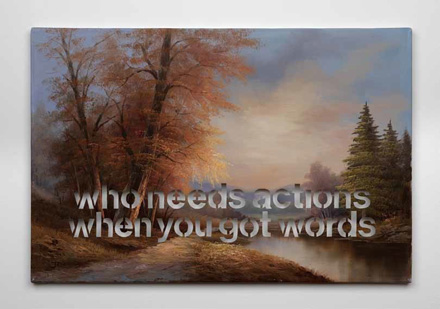
Armchair Painting–Untitled (who needs actions when you got words), oil on
canvas, 71.5× 97×5cm, 2006, ? the artist, courtesy
Anthony Raynolds Gallery,
London
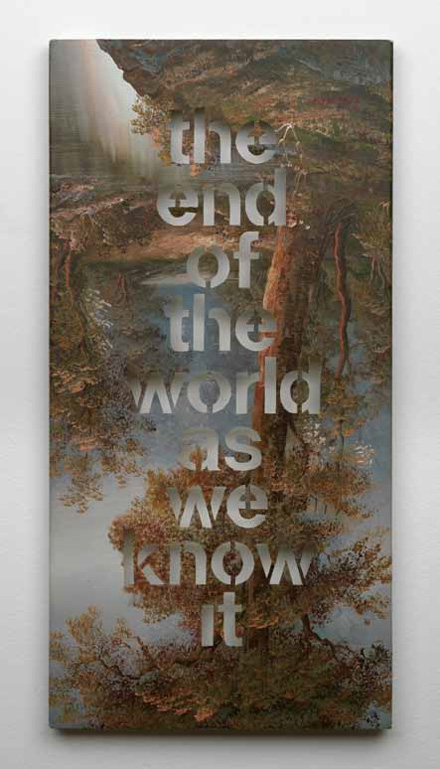
Armchair Painting–Untitled (the end of the world as we know it), oil on
canvas, 81.5× 51.5×5cm, 2007, ? the artist, courtesy Anthony Raynolds Gallery,
London
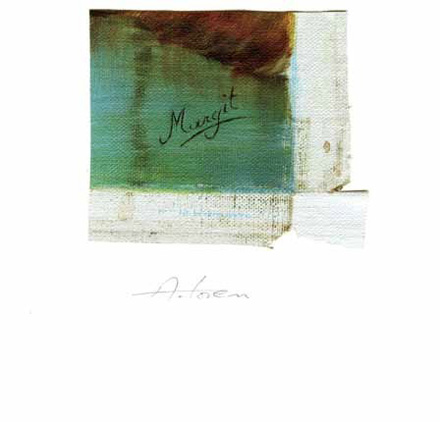
Memento Painting (Fold No.1), oil on canvas on archival board, 35× 25.5cm,
2000-present
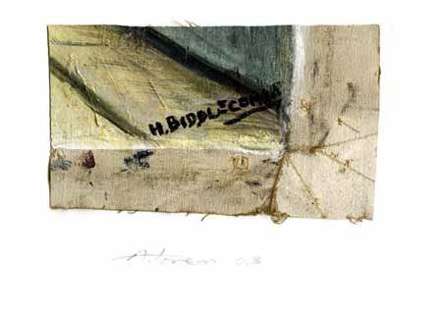
Memento Painting (Fold No.4), oil on canvas on archival board, 25.5× 35cm,
2003

Memento Painting (Fold No.7), oil on canvas on archival board, 41× 30cm,
2006
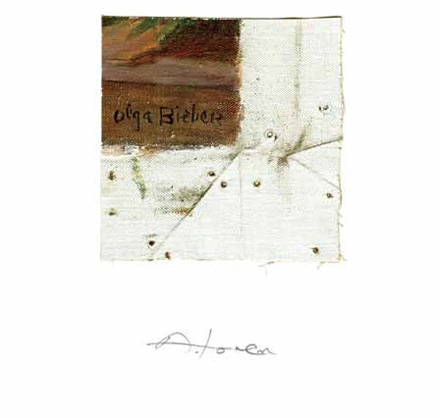
Memento Painting (Fold No.15), oil on canvas on archival board, 50×40cm,
2012
Amikam Toren, Israeli-born now living in London, is constantly testing the
limits of artistic experience, especially with respect to the relationship
between the art object and its subject. This is epitomised by an early work
whereby he made a sculpture of a glass bottle by smashing a glass bottle and
gluing the jagged pieces back together. There is an essentially tautological
relationship between subject and object, the latter made from material derived
from the former, to exemplify an aesthetic proposition that is as rigorous as it
is playful, logical in its existentialist absurdity. Invention here is
circumscribed by a set of rules that the artist makes up for himself, and yet we
identify with it easily. We resort to such rationalisation as we negotiate
everyday life.
The basic material for Toren’s Armchair Paintings is painting. That is to
say, he buys cheap paintings, usually oils on canvas, from second-hand stores
and junk shops, and then proceeds to cut out stencilled letters from the fabric
revealing the wall behind them when they are hung. They make up short sentences
or phrases taken from songs, graffiti, signs or advertisements and so on – “The
end of the world as we know it”, “No ball games”, “High Voltage” and “Who
needs actions when you’ve got words” – and so we read found words inscribed into
found (art) objects. The Armchair Paintings are collisions of different kinds of
cultural expression, making it impossible for us simply to enjoy pictorial
space, as a work of art is made from a work of art.
| 
